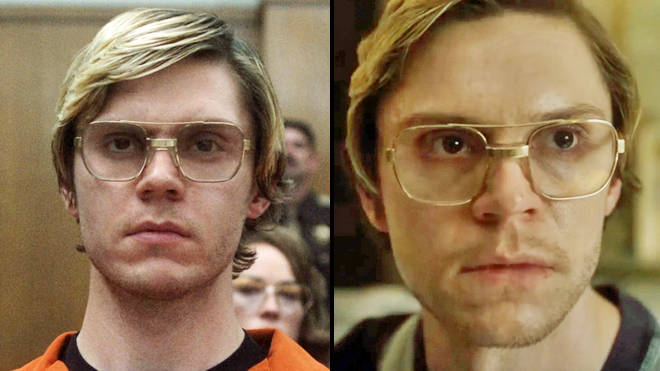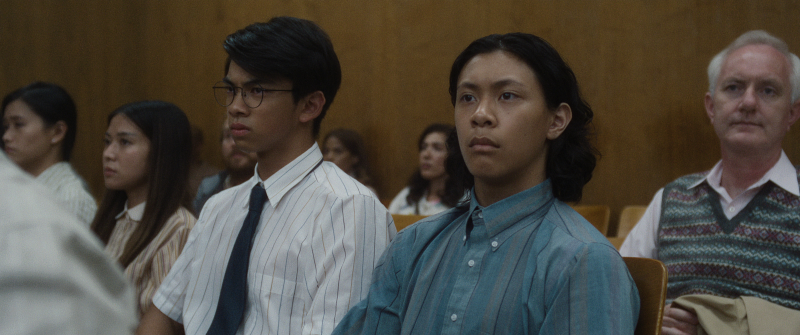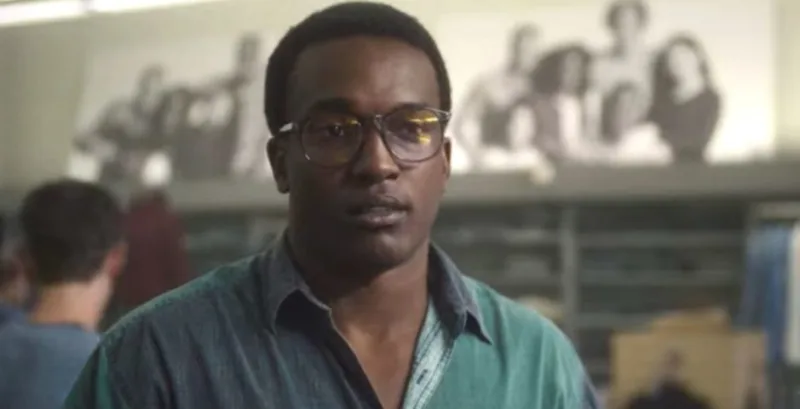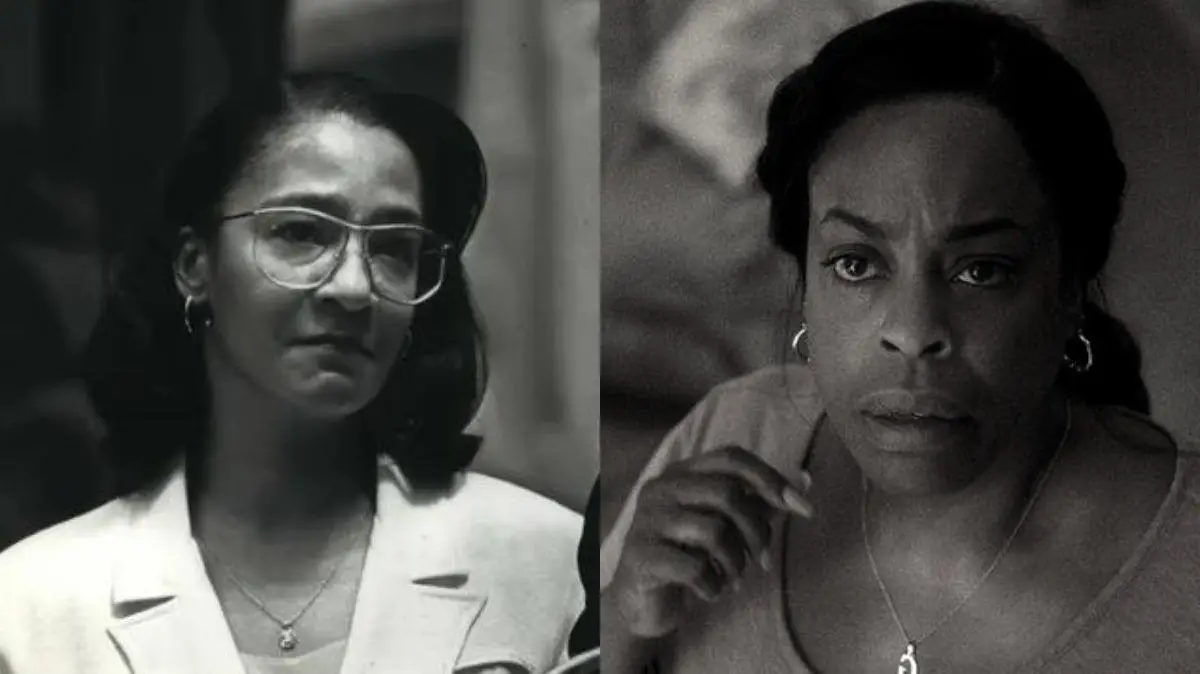Is ‘Monster: The Jeffrey Dahmer Story’ on Netflix Real? How Accurate is Dahmer Story
The Netflix show “Dahmer,” made by Ryan Murphy and Ian Brennan, tries to show Jeffrey Dahmer, a serial killer in Milwaukee who killed 17 men and boys over the course of 18 years, from a more modern point of view.
In fact, the film’s title, “Monster: The Jeffrey Dahmer Story,” expresses this progressive stance in two ways and subtly in a third.

A large portion of the 10-hour-long episodes of the show is devoted to giving voice and faces to the victims who are frequently ignored by similar fictionalized serial killer shows and movies. However, by occasionally showing Dahmer’s flashes of guilt, self-doubt, or feelings of futility about the murders and himself, the series also succeeds, whether on purpose or not, in somewhat humanizing him.
Families of the victims, such as Eric Perry, the cousin of Errol Lindsey, whom Dahmer persuaded back to his apartment to drug and strangle, naturally believe the show prefers appealing to true crime fans above respectfully honoring the victims, and find it to be a major concern.
Track Of Ryan Murphy’s Historical Accuracy

Ryan Murphy is claimed to have a patchy record when it comes to the veracity of his works, many of which lean significantly toward the historical. The filmmaker is obviously drawn to real-life drama, whether it is the court battles of O.J. Simpson and former president Bill Clinton, the “Feud” between Bette Davis and Joan Crawford; or the murder of Gianni Versace.
While he occasionally embellishes reality for artistic purposes, others have accused him of stretching the facts past recognition. A lot of the things he writes about are bigger than life, but they really happened (like the dramatic police chase with O.J. Simpson).
Is The Portrayal In Monster True To Life?
According to a Decider article, Murphy’s series “May Be One of the Most Accurate True Crime Dramatizations Brought to Television.” In the main part of their essay, they claim that the majority of the absurd and unsettling events in the series actually happened.
https://twitter.com/ryanmurphyprod/status/1570850579014123520?ref_src=twsrc%5Etfw%7Ctwcamp%5Etweetembed%7Ctwterm%5E1570850579014123520%7Ctwgr%5E354bf270848f793ecc3c4dafe27df69acfab0230%7Ctwcon%5Es1_&ref_url=https%3A%2F%2Fwww.digitalspy.com%2Ftv%2Fustv%2Fa41389868%2Fdahmer-netflix-true-crime-fails%2F
This seems to be especially true given the cloud of institutional malfeasance that hangs over this case, as seen by the inability to save Konerak Sinthasomphone, 14, and Glenda Cleveland’s neglected police call (right down to the gross “delousing” joke made by one of the police officers picking up Sinthasomphone).
Glenda Cleveland: Who Is She?
The show’s high point is Niecy Nash’s portrayal of Dahmer’s neighbor in the Oxford Apartments on 25th Street. She alerts police officials about Dahmer’s crimes in apartment 213 throughout the entire series, where he sexually abuses, strangles, and dismembers his victims. Nash’s Glenda struggles to get any sleep at night because of the shouts and drill-sawing that can be heard through the ductwork.
Although Glenda Cleveland did exist, she did not reside in the same house as Dahmer.
Due to the odor, the apartment building was destroyed and its occupants were kicked out after Dahmer was put in jail. Cleveland witnessed the 1991 incident with 14-year-old Konerak Sinthasomphone, who attempted to flee Dahmer’s residence while disoriented and drugged and was turned back by police. This was Dahmer’s penultimate and most prolific year of killings.
What Happened To Konerak Sinthasomphone?
In order to turn Konerak Sinthasomphone into a sex zombie, Dahmer dug a hole in his head and filled it with hydrochloric acid. When he discovered Sinthasomphone lost in the street and stumbling, Dahmer’s plan was unsuccessful.
Dahmer persuaded the two cops who discovered him that Sinthasomphone was his live-in partner and that his illness was the result of a quarrel between the lovers. Glenda Cleveland observed in disdain as white police officers gave preference to a menacing white man over the black neighborhood’s residents in a depressed, uncared-for area.
Can’t stop thinking about this disturbing scene from DAHMER where one of Jeffrey Dahmer’s victims finally manages to escape… and the police actually bring him back inside the apartment.
Now on Netflix. pic.twitter.com/vcsFWOco0p
— Netflix (@netflix) September 21, 2022
Sinthasomphone was brought back to Dahmer’s house, where he was acid-injected to death, then his body was severed, and his head was frozen. This occurrence is real.
What’s up about Konark’s Brother?
Before killing Konerak, Dahmer mistreated Sinthasomphone’s brother. Dahmer claimed that they happened to run into each other at Grand Avenue Mall, but in the show, he buys the adolescent alcohol and fails to establish the connection.

Judge William Gardner received criticism for the molestation verdict given to Dahmer. The Sinthasomphone family was not present for the 1988 sentencing, according to Anne E. Schwartz’s book “Monster: The True Story of the Jeffrey Dahmer Murders.”
Testimony Of Rita Isabell
Netflix Jeffrey Dahmer’s victim’s sister and the real Rita in 1992 #jeffreydahmer #serialkillers #truecrime #truecrimecommunity pic.twitter.com/t8fZe1S2oT
— Carol DaRonch (@CarolDaRonch) September 21, 2022
am behind Netflix’s Dahmer went above and above to make like-for-like photos of what actually transpired on the witness benches, including Rita Isbell, Errol Lindsey’s sister, and Eric Perry’s cousin.
About Tony Hughes

Paris Barclay’s sixth episode, “Silenced,” centers on Dahmer courting 31-year-old deaf man Tony Hughes in Milwaukee in 1991 after meeting him at a gay bar. In this episode, Dahmer is shown to be at his most human, showing genuine compassion for Hughes. After the first night they spent together, Dahmer allegedly beat Hughes in the shadows and then did sexual experiments on his body after he was dead.
According to a friend of Tony Hughes, Dahmer knew him around 1989. Prior to the murder, Dahmer admitted he had never met Hughes. According to Hughes’ friend, Dahmer searched for him several times before his death. Before Dahmer acknowledged killing Hughes, his absence was widely reported.
Is everything real?
While he was employed at a plasma center, Dahmer actually drank blood from a vial, not a bag. In a similar vein, Dahmer’s own killer, Christopher Scarver, is depicted attacking Jesse Anderson, another prisoner, before moving on to Dahmer, despite the fact that in real life, Scarver claimed to have assaulted Dahmer first. It would be hard to say that these changes take away from a story that goes to a lot of trouble to prove that Dahmer’s case is true.

Being honest is especially crucial when discussing a subject as well-known as Jeffrey Dahmer. It’s far too simple to ignore his victims and instead conjure up an obtrusive mental picture of a charismatic criminal mastermind.
By doing this, viewers and artists mythologize Dahmer and miss the opportunity to draw conclusions from this terrible, maybe avoidable historical incident. The most recent “Dahmer” movie, “My Friend Dahmer,” was about the murderer’s last years in high school. It tried to be as real as possible, in part because the graphic novel that inspired it was based on Dahmer’s own life (International Business Times).


